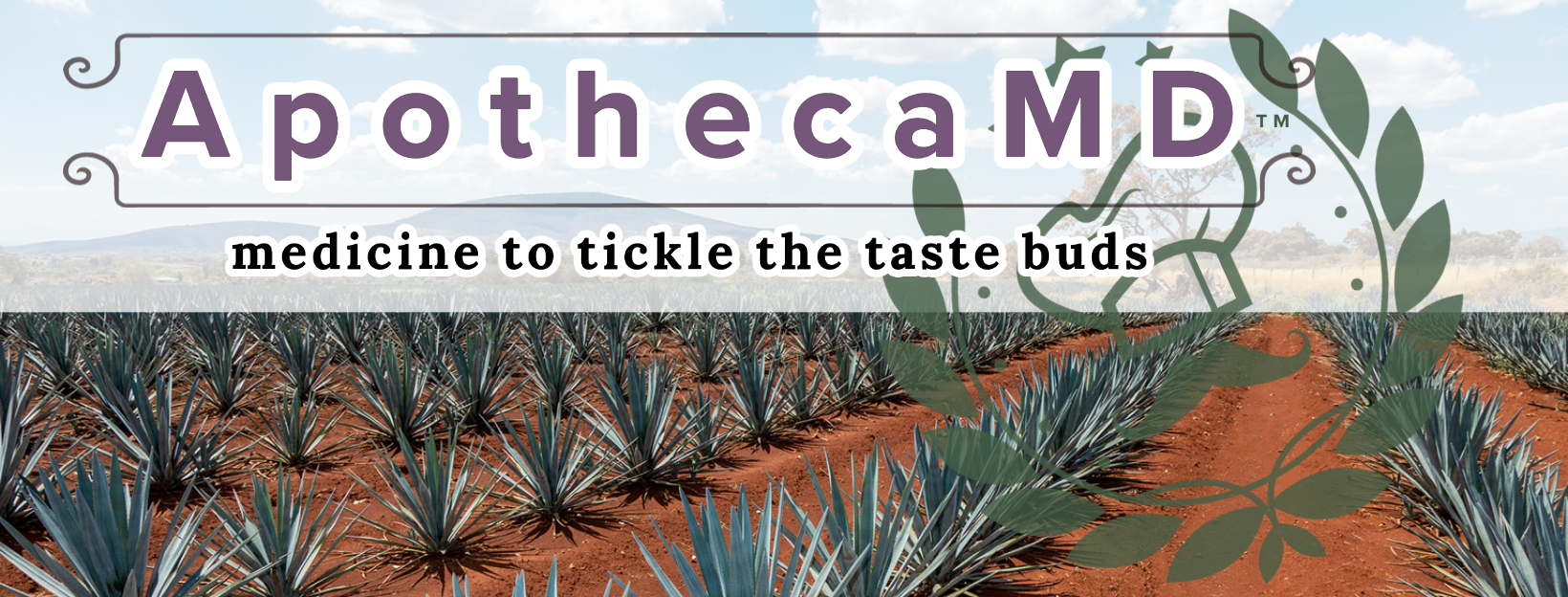Influence of the use of remediated soil and agricultural drainage water on the safety of tomato fruits
Environ Sci Pollut Res Int. 2024 Apr 18. doi: 10.1007/s11356-024-33187-z. Online ahead of print.
ABSTRACT
The objective of this study is to assess the effectiveness of different techniques employed in remediating contaminated soil and wastewater ecosystems to ensure the safety of tomato fruits (Solanum lycopersicum L. var. cerasiforme) cultivated in these environments. Three biochemical techniques T1-T3, besides two controls CCU and CCT, were used to remediate contaminated soil ecosystems using rock phosphate, elemental sulfur, bentonite, phosphate-dissolving bacteria, and Thiobacillus sp. The contaminated agricultural drainage water was remediated by a down-flow hanging sponge (DHS) system. Two experiments were conducted: a pot experiment took place in the greenhouse at the National Research Center of Cairo (Egypt) and a field experiment was carried out at the basin site in the village of El-Rahawy, applying the optimal treatment(s) identified from the greenhouse experiment. The health risk assessment for potentially toxic elements (PTEs) in the harvested tomato fruits was conducted by calculating estimated daily intake (EDI) and target risk quotient (THQ) values. Results from the greenhouse experiment indicated the high effectiveness of the DHS technique in remediating El-Rahawy agricultural drainage water. The content of PTEs after remediation was significantly reduced by 100%, 93.3%, 97.8, and 77.8% for cadmium, copper, manganese, and zinc, respectively. The application of treated drainage water in employed reclaimed soil ecosystems led to a remarkable decrease in PTE levels, especially under T3 treatment; the reduction reached 89.4%, 89.5%, and 78.4% for nickel, copper, and zinc, respectively. The bioremediation technique also reduced the content of PTEs in tomato fruits harvested from both greenhouse and field experiments; the cadmium content, for example, was below detection limits in all treatments. The T3 treatment applied in the greenhouse experiment caused the highest percentage decrease among the employed PTEs in tomato fruits grown in the greenhouse. The same trend was also reached in the field experiment. Microbiological analyses of tomato fruits revealed that E. coli, Salmonella, or S. aureus bacteria were identified on tomato fruits harvested from either greenhouses or field experiments, showing that the counted total bacteria were higher under the field experiment compared to the greenhouse experiment. The health risk assessment parameter THQ was below 1.0 for all tested metals under all treatments. This means that no potential health risk is expected from consuming tomato products produced under the different employed remediation treatments. In conclusion, the employed bioremediation techniques successfully reduced the PTE content and microbial load in both soil and drainage water ecosystems and in harvested tomato fruits. Henceforth, no health risks are expected from the consumption of this product.
PMID:38632200 | DOI:10.1007/s11356-024-33187-z

